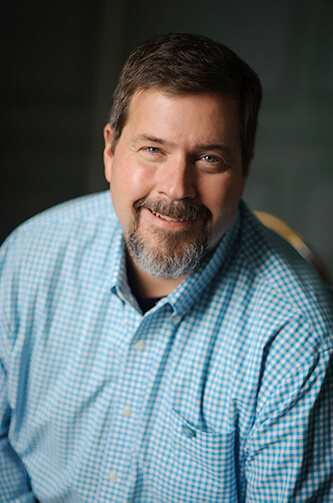Will Nourse is a landscape photographer known for his use of color and texture to bring his outdoor experiences to life.
He has been an avid photographer for almost twenty years, and his work reflects a lifetime of hiking, backpacking, climbing, skiing and sailing, all of which have given him a deep appreciation for the wonders of the natural world.
He was recently a featured artist in the exhibition 'Expeditions: From Iceland to the Gobi' at the Paula Estey Gallery, Newburyport, MA.
He has exhibited in juried shows at the Cambridge Art Association, the Newburyport Art Association (NAA), 1650 Gallery in Los Angeles, CA and various online galleries. Recently, he exhibited in the Cambridge Art Association's National Prize Show (2017), his image 'Seljalandsfoss #2' was selected as Best in Show for Photography in the NAA's 20th Annual Regional Juried Show (2017) and his photo 'Vestrahorn #1' won the Newburyport Development Award for Work in Photography in the NAA's 2016 Fall Member's Juried Show Part II.
He currently resides in Amesbury, MA with his wife, daughter, two Wheaten Terriers and two cats.
